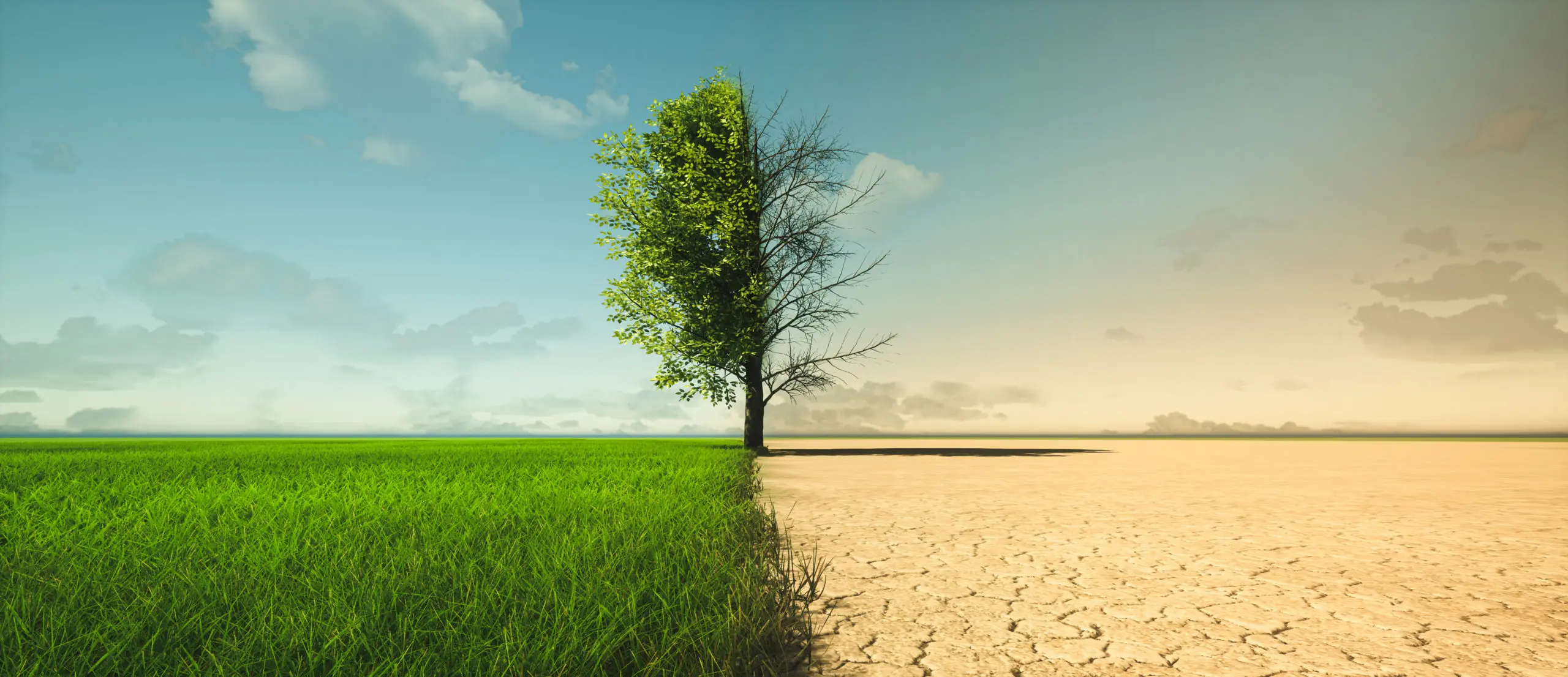Climate change may offset the positive effect of economic growth on the number of deaths due to climate-related disasters, new study finds
25.10.2021

A new scientific paper by Valérie Chavez-Demoulin, Eric Jondeau, and Linda Mhalla sheds light on a paradox: while historically economic growth has helped reduce the number of deaths related to climate disasters, in the decades to come this effect may be offset by the increase in the number of disasters due to climate change.
The researchers start with a paradox: while economic growth increases CO2 emissions and hence the frequency of climate disasters, it also contributes to countries’ development and therefore to their capacity to prepare and respond to disasters, thus reducing the number of deaths per disaster.
Economic development in the 20th century has contributed to a substantial increase in the quantity of carbon our economies emit. According to the Global Carbon Budget, from approximately 6 billion tons in 1950, we now emit over 36 billion tons each year. As a consequence of global climate change, the number of climate-related disasters – such as floods, storms, landslides, wildfires, heat and cold waves – has substantially increased to 6,641 in the last 20 years from 3,656 in the previous 20 years (1980-1999) and from 1,171 in the two decades before that (1960-1979). “At the same time, when we look at recent years, we see that economic growth in emerging countries has allowed a fast decrease in the number of deaths per disaster through a more effective disaster risk management. Overall, the annual number of deaths has dramatically decreased,” says Jondeau. Indeed, from 77,062 in the period 1960 to 1980, the annual number of deaths related to climate change is now down to 8,660 over the last 5 years.
In the decades to come, what will be the impact of the acceleration of climate change on the frequency of climate disasters? Is it likely to counterbalance the benefit of economic growth on the death toll per disaster? These are the questions Valérie Chavez-Demoulin, Eric Jondeau, and Linda Mhalla decided to study. Their study “Climate-Related Disasters and Death Toll” has just been published on the E4S Center’s website.
“Our goal was to look at the consequences of climate change and economic development on the regional death toll relying on adequate statistical models tailored for extreme events,” says Jondeau. The researchers build a model that describes the effect of CO2 emissions on the number of disasters and the effect of population growth and real GDP per capita on the death toll per disaster.
“This framework illustrates how policy decisions can help reduce the impact of climate change on the death toll through two mechanisms. On the one hand, a voluntary reduction in CO2 emissions would mitigate climate change and reduce the number of climate related disasters. On the other hand, real GDP per capita reflects the ability of authorities to adapt their country to new climate conditions. Better disaster risk management would help reduce the number of deaths per disaster. Our projections reflect the mitigation and adaptation strategies that could be implemented to address climate change challenges,” say the authors in their study.
Based on this model and the “Shared Socioeconomic Pathways” (SSPs) elaborated by the Intergovernmental Panel on Climate Change, the researchers project the death toll for the different types of climate disasters and the different regions in the world. They focus more specifically on the “business-as-usual” scenario (SSP3) and the “sustainable” scenario (SSP1). The authors highlight that shifting towards a more sustainable economic model would considerably lower the number of deaths due to climate disasters: Compared to 2015-2019, the death toll would increase by 50% by 2040 in the “business-as-usual” trajectory, while it would decrease by 42% in the “sustainable” scenario. By 2100, the contrast would be even more pronounced, with an increase in the death toll by 33% in the “business-as-usual” scenario and a reduction by 95% in the “sustainable” scenario.